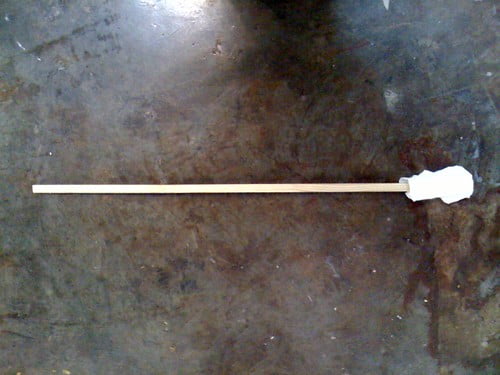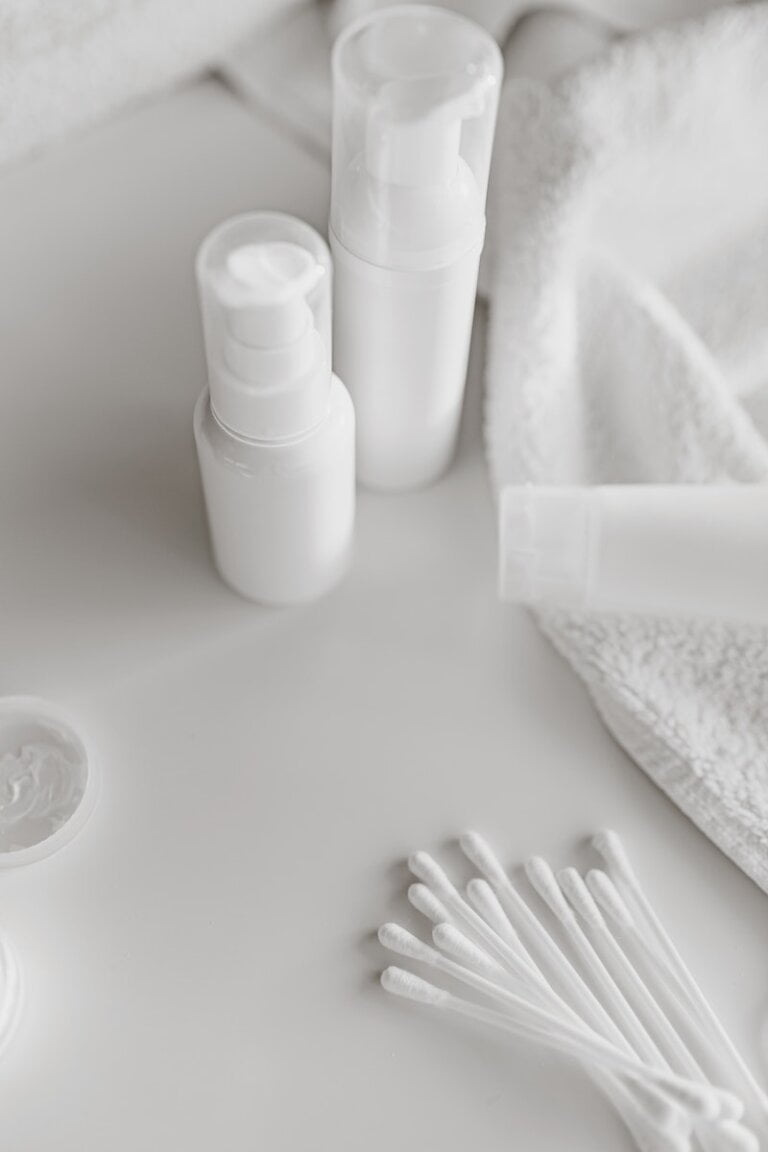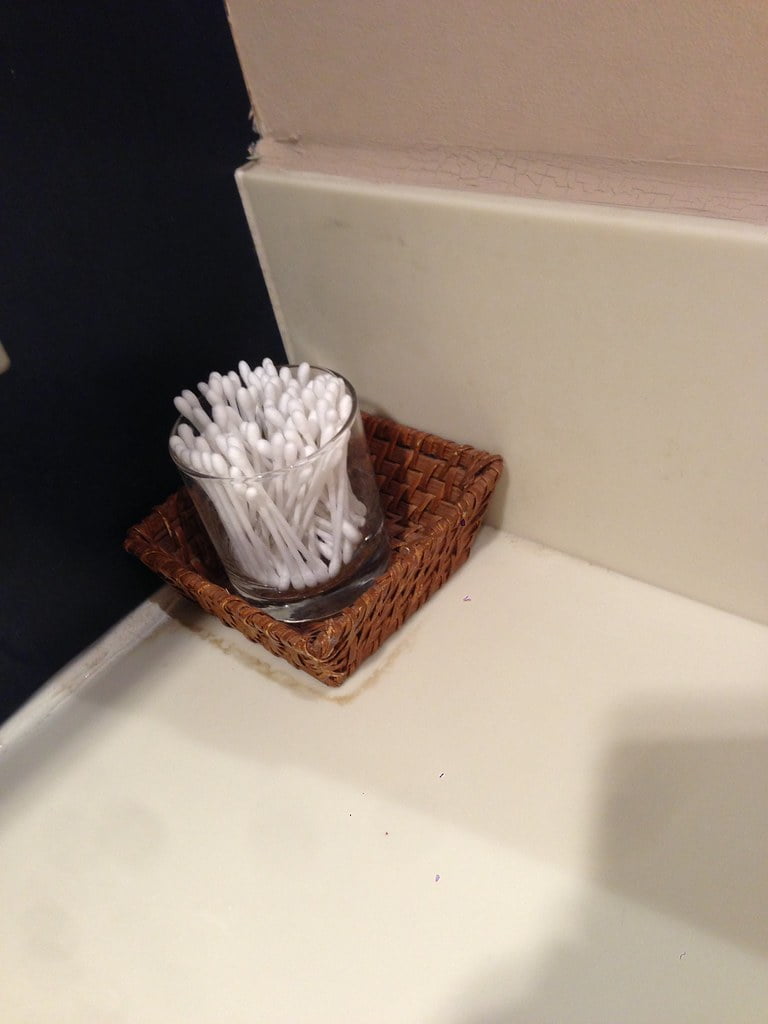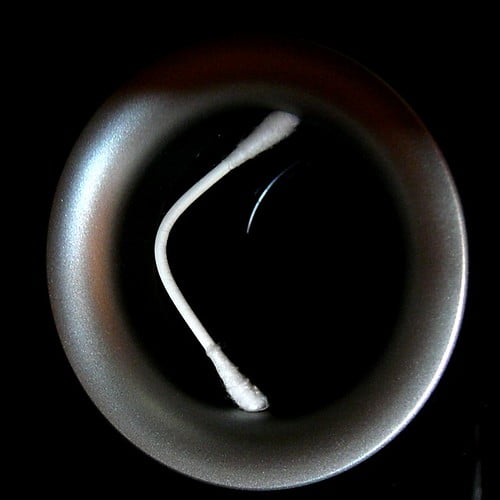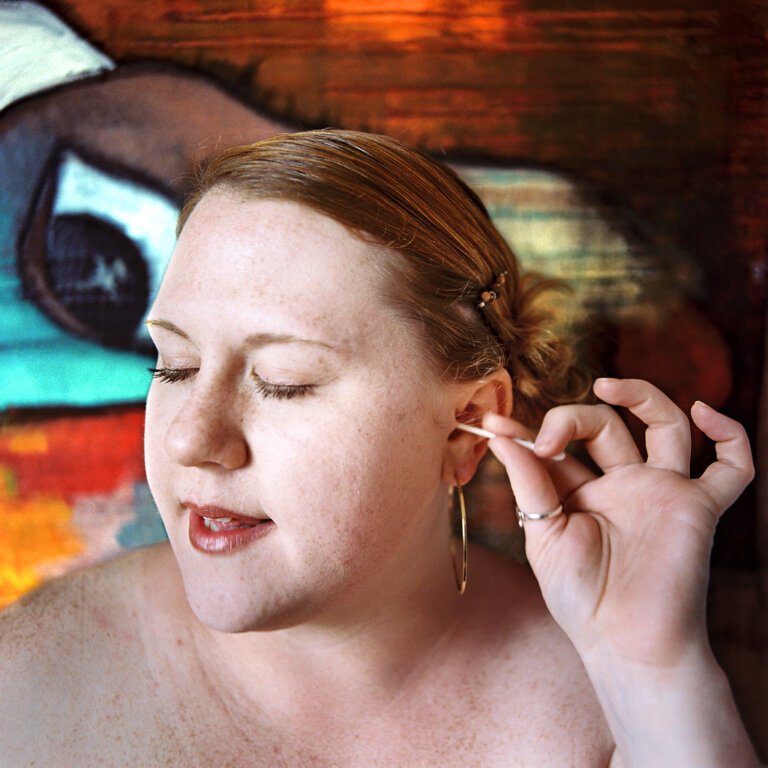Restoring Harmony: Exploring Effective Treatments for Common Ear Problems
Our ears play a crucial role in our daily lives, allowing us to hear and communicate with the world around us. However, like any other part of our body, they are susceptible to various problems that can disrupt our ability to hear and affect our overall well-being. In this article, we will explore into the worlds more common ear problems and the most effective treatments for them.
Understanding Ear Problems
It is important to for us to understand that there are many different sorts of ear problems that you can have. These problems can significantly impact our daily lives as well as our ability to hear and communicate effectively. Here are some of the most prevalent ear problems:
Ear Infections
Common types of ear infections include middle ear infection (acute otitis media) and outer ear infection (otitis externa) which is also known as swimmer’s ear. Less commonly, an inner ear infection (otitis interna or labyrinthitis) can occur.
Middle ear infections, often caused by bacteria or viruses, occur when the middle ear becomes inflamed. This can lead to symptoms such as earache, inflammation, fluid drainage, hearing loss, a feeling of fullness in the ear, and even fever.
Middle ear infections are one of the most common problems that audiologists see especially in children. They can be quite painful and can cause temporary hearing loss. Frequent ear infections in children can lead to them having grommets. Treatment for ear infections usually involves some form of antibiotics and over the counter pain medication may also be recommended to manage any pain and inflammation.
Outer ear infections are basically an infection of the skin of the outer ear (which includes the outer part of the ear, the ear canal and the ear drum), and can be either fungal or bacterial in nature. This will determine if an antibiotic (often in the form of a spray or drops) or antifungal (usually applied as drops) is prescribed by a doctor. If treatment is unsuccessful, then a swab may be taken to determine the exact organism so that a targeted treatment can be prescribed.
Inner ear infections, known as otitis interna or labyrinthitis, are often viral in origin, although a very severe case of middle ear infection can spread to the inner ear via the oval or round windows in the middle ear.
Symptoms of labyrinthitis include dizziness, ringing, buzzing or whooshing in the ears (tinnitus), nausea and vomiting, and nystagmus (rapid movement of the eyes). If you experience hearing loss, slurred speech, fainting, convulsions, weakness, paralysis, double vision, a fever that doesn’t resolve within 48 hours or goes over 39.4˚C
or acute ear ache, then seek immediate medical attention.
Treatment may include antihistamines, sedatives, corticosteroids, or anti-nausea medication.
2. Wax Buildup
Excessive earwax, or cerumen, can accumulate in the ear canal and cause blockages. This can result in temporary hearing loss, discomfort, a feeling of fullness in the ear, and even dizziness or tinnitus (ringing in the ears).
Wax buildup is a common problem that can be easily treated by the correct professionals. Inserting things into the ear canal such as cotton buds, home removal kits and cotton wool can push the wax deeper into the ear and potentially perforate the ear drum, this is why we recommended that you see an Audiologist, like the clinicians at Hearing First, for ear wax removal. We specialise in using tools such as manual removal and microsuction to remove any excessive earwax.
3. Tinnitus
Tinnitus refers to the perception of sound in the ears or head without an external source. It often presents as a ringing, buzzing, or humming sensation and can be persistent or intermittent. Tinnitus may be caused by exposure to loud noises, age-related hearing loss, or underlying health conditions.
Tinnitus can be a distressing condition, but sadly there is no cure currently. However, there are various management techniques that can help. Sound therapy is a commonly used technique where background noise is introduced to mask the perception of tinnitus. This can be done through the use of white noise machines, fans, soothing music, or sound apps. Tinnitus retraining counselling can also be beneficial as it’s a process of learning to cope with your tinnitus and help reduce stress and gain a better quality of life.
4. Eustachian Tube Dysfunction
The Eustachian tubes connect the middle ear to the back of the throat and help regulate pressure. When these tubes become blocked or fail to open properly, it can lead to symptoms such as pressure pain, muffled hearing, and fullness in ears.
Eustachian tube dysfunction can be caused by various factors, including allergies, sinus infections, or changes in air pressure (Diving and being on a plane). There are several techniques that can help alleviate the symptoms of Eustachian tube dysfunction. Swallowing, yawning, or chewing gum can help open the tubes and equalise pressure.
Nasal sprays or decongestants may also be recommended to reduce congestion and improve Eustachian tube function. In some cases, surgical intervention may be needed to correct persistent dysfunction.
5. Vertigo
Vertigo is a sensation of spinning or whirling, that is often accompanied by dizziness and balance problems. It can be caused by inner ear disorders, such as Meniere’s disease, labyrinthitis or benign paroxysmal positional vertigo (BPPV).
Treatment for vertigo depends on the cause. Medications such as antihistamines or anti-nausea drugs may be prescribed to improve symptoms. If vertigo is due to an infection then antibiotics will be prescribed as well. Sometimes physical exercises known as canalith repositioning procedures are also effective in repositioning displaced crystals in the inner ear that is caused with BPPV. These exercises can help restore balance and reduce vertigo episodes.
Maintaining Ear Health
Prevention is always better than cure when it comes to our health, and our ears are no exception. Here are some tips on how to maintain good ear health:
- Protect Your Ears: Wear noise protection earplugs in noisy environments, such as concerts or construction sites, to prevent any hearing damage from prolonged exposure.
- Avoid Inserting Objects: Refrain from using cotton swabs, or putting anything in your ears. As this could push the wax deeper into your ear and potentially perforate your eardrum.
- Practice Good Hygiene: Wash you external ear with water and wash cloth, just ensure ear is dried afterwards.
- Seek Prompt Attention: If you are experiencing any of the following symptoms: persistent ear pain, hearing loss, or any other concerning symptoms, please ring and get an appointment with your GP or Audiologist.
- Seek Immediate Medical Attention: If you are experiencing any sudden loss of hearing (typically within a space of a few hours) that cannot be explained (getting water in your ears after the shower, or recently flying would be plausible explanation), reports to A&E as corticosteriod treatment within 72 hours of onset can double the chances of your hearing being restored.
In conclusion, these common ear problems can disrupt our daily lives, but with the right knowledge and effective treatments, you can go back to living your everyday life. The main take away from this article is to seek medical advice if you have any concerns of symptoms as mentioned above, by seeing the correct professionals they will be able to give a proper diagnosis and correct treatment plan. By prioritising ear health and maintaining good ear health, we can protect our ears and enjoy life to the fullest.
1. What are some common ear problems?
Some common ear problems include ear infections, wax buildup, tinnitus, Eustachian tube dysfunction, hearing loss and vertigo.
2. How are ear infections treated?
Ear infections are usually treated with antibiotics to combat the underlying infection. Pain relievers may also be recommended to manage earache and reduce inflammation. It is important to consult a healthcare professional for a proper diagnosis and treatment plan.
3. How can wax buildup be treated?
Excessive earwax can be treated by consulting an audiologist for safe removal. They may use specialised tools or microsuction techniques to remove the excessive earwax. It is important to avoid self-treatment methods like ear candling, as well as professional methods such as syringing or irrigation as they have an inherent high risk of complications such as: ear infections, bruising, bleeding, eardrum perforation (rupture), hearing loss and tinnitus.
4. What can be done to manage tinnitus?
Although there is no definitive cure for tinnitus, there are various management strategies that can help minimise its impact. These include sound therapy, counselling, and consulting with a healthcare professional or audiologist for a proper evaluation and management plan.

